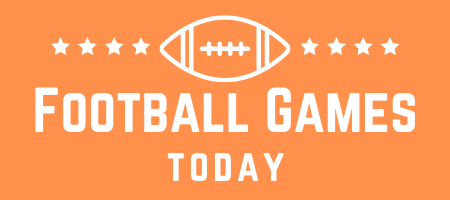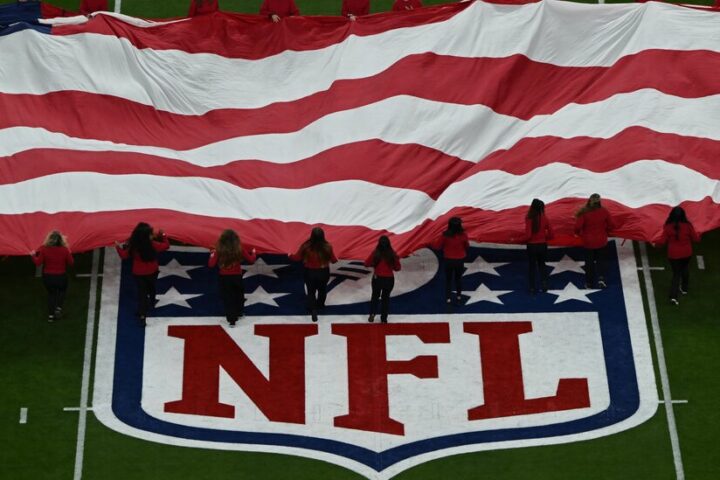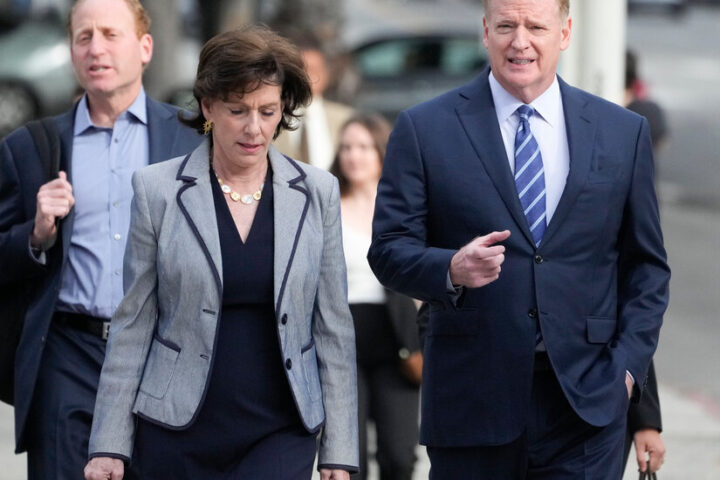Times Insider explains who we are and what we do and delivers behind-the-scenes insights into how our journalism comes together.
When Emmanuel Morgan was hired as a sports reporter covering the N.F.L. and combat sports for The New York Times in 2021, the job felt familiar. After all, Mr. Morgan, who grew up playing football, had been writing about the sport since high school. He went on to cover the N.F.L. for The Los Angeles Times for nearly two years.
“I knew the N.F.L. and the U.F.C. and all these other sports so well,” said Mr. Morgan, 27, who also covered high school sports and basketball for The Los Angeles Times, including helping report on the death of Kobe Bryant in 2020.
So when The Times disbanded its Sports department last year, he took the opportunity to stretch himself and pitch a new beat: the intersection of sports and pop culture.
“I’m not a movie critic or a Broadway-goer, but I follow pop culture, I watch Netflix and I listen to music constantly — in the shower every day, on the subway,” he said. “I had my pulse on it.” Over the past eight months, Mr. Morgan, now on the Culture desk, has written about the pop culture phenomenon of Taylor Swift and Travis Kelce, the growing relationship between the N.F.L. and streaming services and the rise of athlete podcasts.
In an interview, he discussed how his daily news consumption has changed and what his favorite reporting experience so far has been. These are edited excerpts from the conversation.
You’ve been in the role for a little over eight months now. How is it going so far?
I have definitely had to be a lot more creative when it comes to finding story ideas. When I was with the Sports desk, I knew the N.F.L. and the U.F.C. so well — covering sports is very formulaic. You know you have to have previews for big events like the Super Bowl and the N.F.L. draft, and as the season goes on the major story lines and the targets for profiles and features become pretty clear. But with this new beat, I’m reporting on stuff you don’t see on TV or Twitter, and there are a lot more options, since I’m not just focusing on the N.F.L. and U.F.C. anymore. I have to make a lot more phone calls and talk to more people.
In March, a meeting with a publicist led to a timely story about how Flau’jae Johnson, one of the best women’s college basketball players in the country, balanced her sports obligations with her music career.
What are some of your favorite articles you’ve written so far?
I worked on a number of pieces around the Super Bowl this year in Las Vegas — I followed a retired player around Radio Row for a day for a story about how it’s transformed into a colossus for the N.F.L. I wrote about how parties at the Super Bowl have become a business and use the event as a playing ground for brand activations. It was cool to show other people on the Culture desk that there’s more to cover than just the halftime show.
I also wrote about Joel Embiid, a basketball player who started a media production company, which is a big thing in the sports space now. And I landed a front-page story on how the N.F.L. is trying to branch out and do more long-form projects for streaming services like Netflix, Amazon and Apple.
Did you play sports growing up?
I played football in high school. I was a running back and a linebacker. I also wrestled. I’ve always been an athlete, but I loved to write, too. So putting the two together made sense.
What’s the most fun thing you’ve had the chance to do for an article?
I got to follow the U.F.C. announcer Bruce Buffer around for a fight. I was able to observe how he prepared, including color-coordinating index cards he reads in the octagon, which have the fighters’ names and stats on them.
What’s been your biggest challenge?
Trying to detach myself from the games. My instinct is to want to cover what’s happening on the field or on the court. I have to step back and look for things that aren’t involved in the actual sport itself. I’m training myself to think differently.
What are your goals for future coverage of sports and culture at The Times?
To keep building it out — it’s been cool to be able to experiment and try new things; to say, “The New York Times wouldn’t have covered that story before, but it’s important.” I’m not even a year in yet, and I keep finding new stories to cover. There’s an audience for this crossover between sports and entertainment, and my goal is to find it and tell stories that resonate with them.




